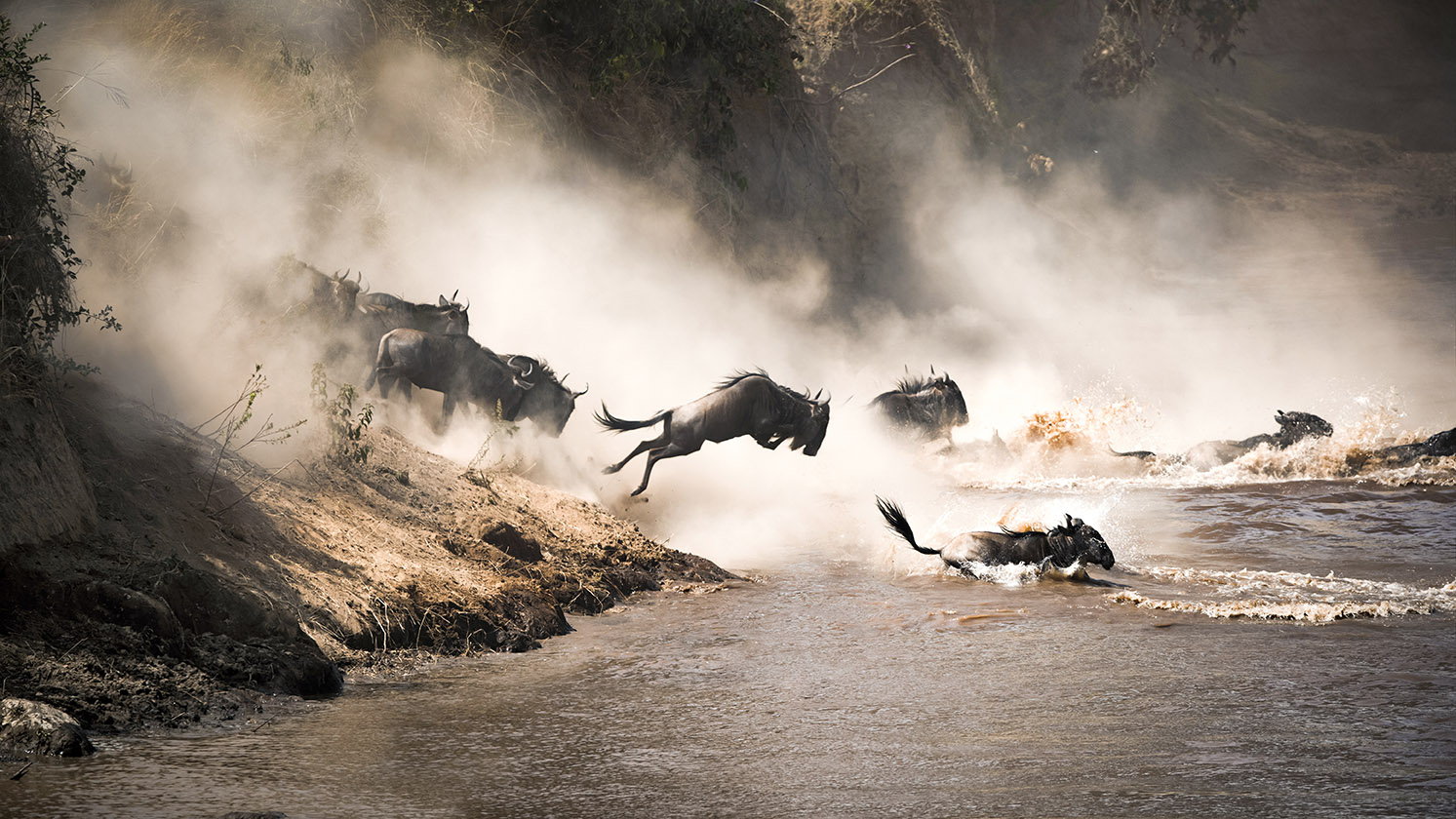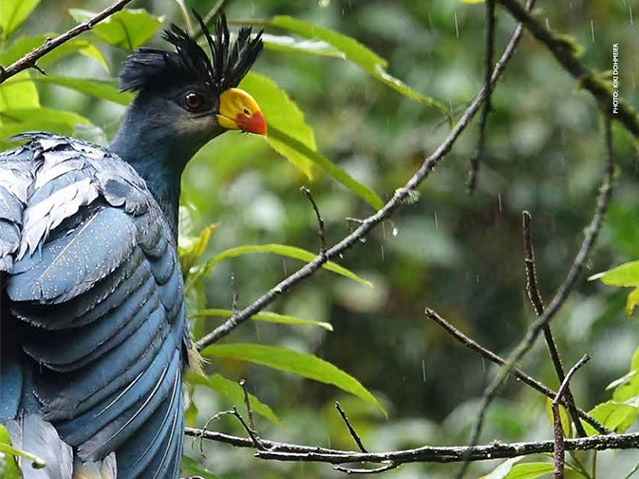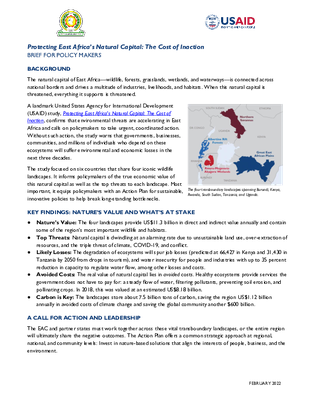USAID's Economics of Natural Capital in East Africa aims to strengthen the East African Community's regional policy dialogue by improving the evidence base on transboundary natural resource management and biodiversity conservation.
Reports
Protecting Natural Capital in East Africa: The Cost of Inaction
This report includes the mapping, quantification, and qualification of natural capital across wildlife, habitats, grasslands, and waterways, as measured by impact on economic and human well-being. USAID and its East African Community partners in Burundi, Kenya, Rwanda, South Sudan, Tanzania, and Uganda undertook this study to determine the value of natural capital in four priority, transboundary landscapes. This study was prepared under USAID’s Economics of Natural Capital in East Africa project.
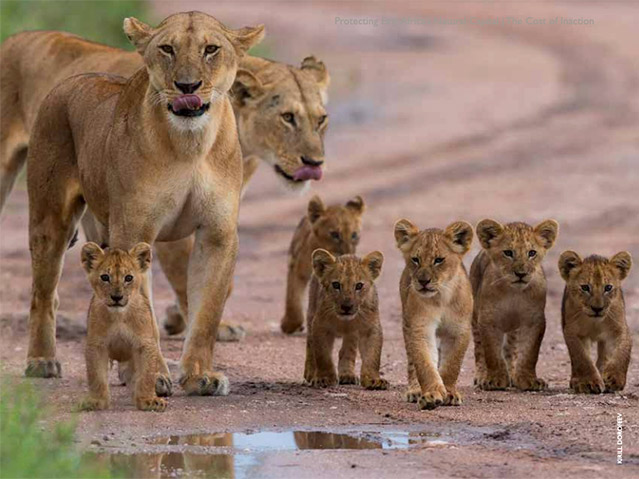
Protecting Natural Capital in East Africa: Action Plan
The East African Community and stakeholders from partner states Burundi, Kenya, Rwanda, South Sudan, Tanzania, and Uganda developed this Action Plan from the report, “Protecting East Africa’s Natural Capital: The Cost of Inaction.” It contains transboundary strategies and activities for protecting the region’s natural capital as part of USAID’s Economics of Natural Capital in East Africa project.
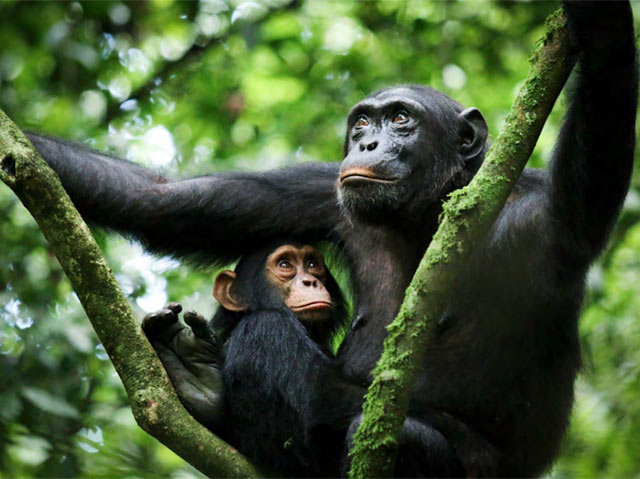
Economic Value of East Africa’s Transboundary Wildlife Landscapes: A Natural Capital Assessment of Four Selected Landscapes and Assessment of the Current Trajectory
The aim of the Economic Value of East Africa’s Transboundary Wildlife Landscapes report, and the study it describes, is to produce a description and valuation of the wildlife and wildlife habitats of four selected transboundary landscapes in East Africa: the Great East African. Plains of southern Kenya and northern Tanzania; the Northern Savannas of South Sudan, Uganda,and Kenya, and adjacent Mount Elgon; the Albertine Rift Forests along the Albertine Rift Valley of Burundi, Rwanda, and southwest Uganda; and the Rweru-Mugesera-Akagera Wetlands of northern Burundi, eastern Rwanda, and northwest Tanzania.


